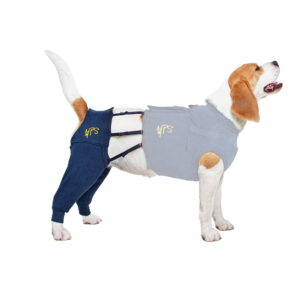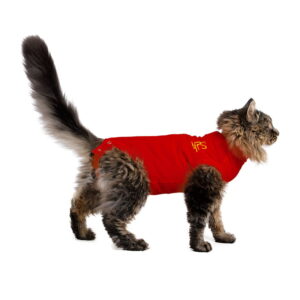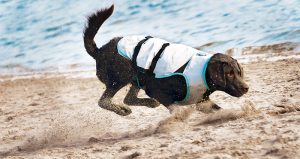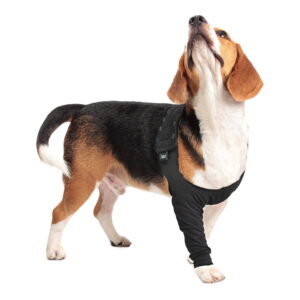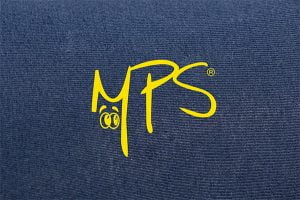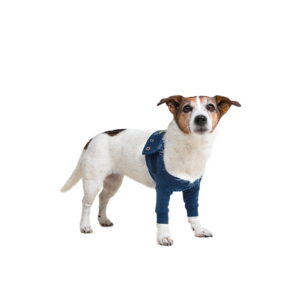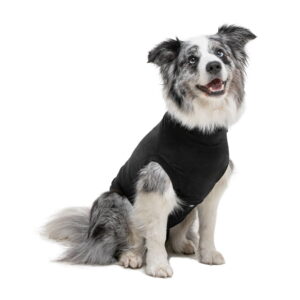How to Stop Dogs and Cats Licking Wounds or Stitches: Recovery Suits vs Cones
If your dog or cat won’t stop licking stitches or chewing a wound, you need fast, safe protection. This guide shows you exactly how to stop licking now, why recovery suits and sleeves are a proven cone alternative, how long pets should wear them after spay/neuter or other procedures, and where to shop trusted options in South Africa.
—
What to do right now
1) Clean and protect
- Gently clean the area as advised by your vet (usually sterile saline or a vet-approved chlorhexidine rinse).
- Pat dry—don’t rub.
2) Cover the site
- Fit a full-coverage recovery suit or the correct sleeve to block access.
3) Monitor 2–3× daily
- Check for swelling, redness, discharge, odour, or missing sutures.
4) Call your vet if
- You see heat/pain, gaping, bleeding, fever, loss of appetite, or lethargy.
5) Not sure on size?
- Use our size guide and how-to-measure tips below, or head straight to: Medical Recovery category
—
Why pets lick and chew (and when it becomes risky)
Licking and chewing are instinctive. In the wild, brief licking may remove debris. But in modern veterinary care, repeated licking is more likely to introduce bacteria, traumatise fragile tissue, and delay healing—especially in the first 7–10 days when wounds are weakest.
Common triggers:
- Itch and irritation from clipped fur, sutures, or healing skin
- Pain or tingling during the healing phase
- Anxiety, boredom, or habit (particularly in high‑strung or under‑stimulated pets)
- Allergies, hotspots, or dermatitis that worsen with self‑trauma
Is saliva helpful?
- Pet saliva is not sterile. While it contains some enzymes, it also carries diverse oral bacteria that can contaminate wounds and bandages.
- Leading veterinary resources recommend preventing self‑trauma after surgery or injury to reduce infection and wound breakdown risk.
—
The real risks of licking and chewing
- Infection: Oral bacteria driven into the wound raise the chance of local or systemic infections.
- Delayed healing: Constant moisture and friction disturb new tissue and scabs.
- Wound dehiscence (reopening): Licking/chewing can pop sutures—most common in the first 7–10 days.
- Self‑mutilation: Persistent trauma can create chronic hotspots or lick granulomas that need prolonged treatment.
—
Recovery suits vs cones (E‑collars): which protects better?
Both have a place. Here’s how they compare so you can choose quickly.
Cones (E‑collars):
- Block mouth access but can bump furniture, bowls, and legs
- May increase stress in some pets
- Limited protection for body/limb/groin wounds
- Useful backup for extreme chewers
Recovery suits and sleeves:
- Full‑coverage shielding for abdomen, chest, flank, groin, and armpits
- Forelimb and hind‑limb sleeves to stop paw/leg licking
- Allow normal sleep, eating, and gentle movement
- Soft, breathable, hypoallergenic fabrics; no blocked vision
- Easy toilet access with fold‑back panels (see sizing and toileting below)
Our bottom line:
- For most torso and groin incisions, a well‑fitted recovery suit is more comfortable and practical than a cone.
- For determined chewers, combine a suit with short‑term cone use as advised by your vet.
—
Procedure and condition guides
After spay/neuter (dogs and cats)
- Wear time: Typically 10–14 days or until your vet confirms the incision is sealed and hair regrowth protects the site.
- Why it helps: Prevents licking of the abdominal or scrotal area and protects shaved, itchy skin.
- Toileting: Unfasten or fold back the rear panel for quick toilet breaks; refasten immediately afterward.
Recommended:
- Dogs: Suitical Dog Recovery Suit
- Cats: Suitical Cat Recovery Suit
Orthopedic surgeries (TPLO/CCL, mass removals)
- Wear time: Commonly 10–14 days to suture or staple removal; your surgeon may advise longer if there’s drainage or delayed healing.
- Why it helps: Blocks access to the incision, drain sites, and shaved skin that often becomes itchy.
- Tip: Combine a suit with a calm, crate‑rest routine as instructed by your vet.
Hotspots, allergies, and dermatitis
- Why it helps: Reduces self‑trauma on neck, chest, flanks, and groin; supports topical treatment by keeping medication on the skin longer.
- Rotation: Keep the area dry; rotate clean garments to prevent moisture build‑up.
Paw licking and lick granulomas
- Best tools: Suitical Double Sleeve – Dog or MPS Single Sleeve – Dog to stop direct chewing/licking on the forelimbs. For hind legs, use MPS Hind Leg Sleeves – Dog.
- Vet support: Chronic paw licking often needs an itch/pain plan (allergies, infection, anxiety). The sleeve prevents damage while the cause is treated.
Dental or dermatology procedures
- Some pets paw or rub their face after dental or skin procedures. A cone may be useful short‑term here; for body sites, use a suit to stop secondary licking.
—
Sizing and fit: how to measure, how tight, and toilet breaks
Measure in three steps:
- Back length: From base of neck (where collar sits) to base of tail.
- Chest girth: Widest part of the ribcage, behind the front legs.
- Weight and breed: Use as a cross‑check on the size chart.
Fit tips:
- Snug like a comfy T‑shirt—never tight. You should easily slide two fingers under the fabric.
- No gaping at the incision site, and no rubbing in armpits or groin.
- If between sizes, most pets do better sizing up for comfort.
Toileting:
- Recovery suits have a fold‑back panel or press‑stud system. Fold, secure, let your pet toilet, then refasten immediately.
- For male dogs, ensure the panel is positioned to keep the penis exposed during toilet breaks.
—
Care, comfort, and rotation
- Washing: Follow the label (typically cool wash). Air‑dry to preserve stretch.
- Rotation: Have two garments so one can dry while the other is worn.
- Overheating: Our suits are breathable, but South African summers can be hot. Offer shade, fresh water, and cool indoor rest. If your pet pants excessively or feels hot to the touch, remove the garment and call your vet.
—
South Africa delivery and support
- We deliver nationwide with trusted couriers. Major metros typically receive orders faster than regional areas.
- Questions? Message us and we will help you choose the right size and style.
—
Frequently asked questions
Q: Is it OK if my dog or cat licks their stitches? A: No. Licking raises infection risk and can reopen wounds. Block access with a recovery suit or sleeve and follow your vet’s cleaning plan.
Q: How long should a dog or cat wear a recovery suit after surgery? A: Usually 10–14 days, or as long as your vet advises. Keep it on whenever you’re not directly supervising—especially at night.
Q: Can pets sleep in recovery suits safely? A: Yes, that’s one of the main benefits over cones. Choose a breathable, well‑fitted suit and check the incision twice daily.
Q: Recovery suit vs cone—what protects better? A: For body and groin incisions, a suit offers better coverage and comfort. If your pet is a determined chewer, combine a suit with short‑term cone use.
Q: How tight should a recovery suit be? A: Snug but not tight—the two‑finger rule applies. If you see chafing or redness, change size or adjust fit.
Q: How do pets toilet in a recovery suit? A: Fold back and secure the toilet panel. Refasten immediately afterward to keep protection in place.
Q: Can a recovery suit prevent lick granulomas? A: A suit or sleeve prevents ongoing trauma while your vet treats the underlying cause (allergies, infection, pain, or anxiety). It’s part of a bigger plan.
Q: How many suits do I need? A: Two is ideal—one on, one washed. That keeps the wound area clean and dry.
—
You’ve got this—and we’re here to help. If you’re unsure which protection your pet needs, drop us a message and we’ll size and recommend the right suit or sleeve for a smooth, stress‑free recovery.


